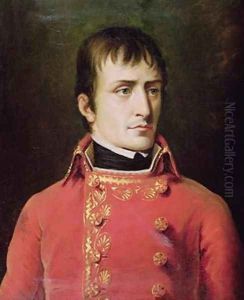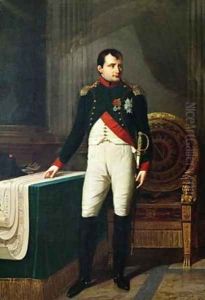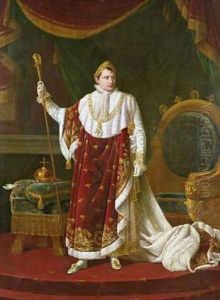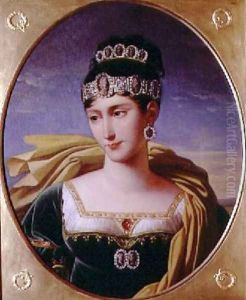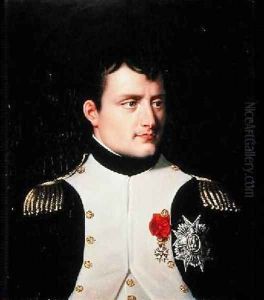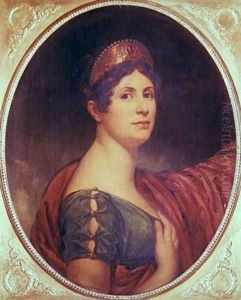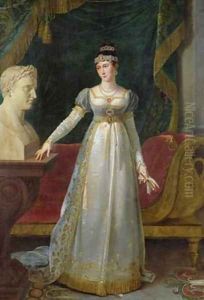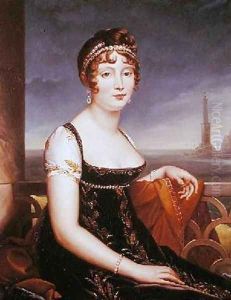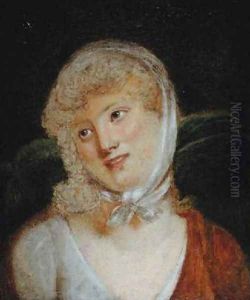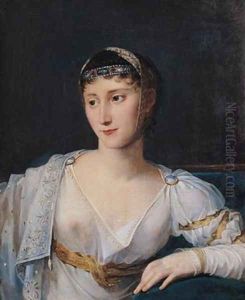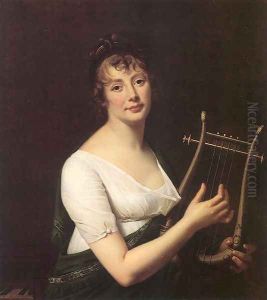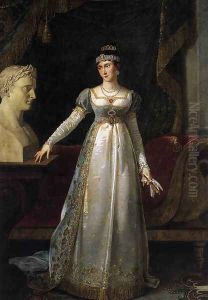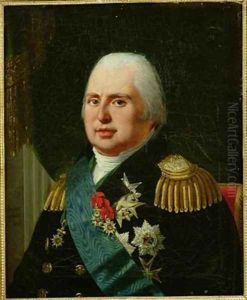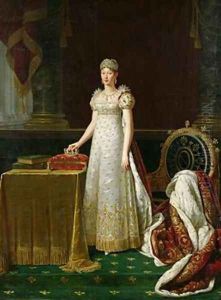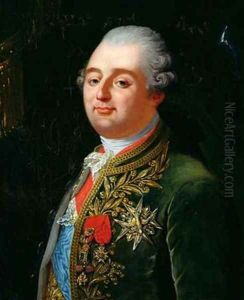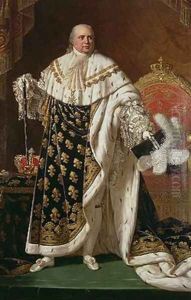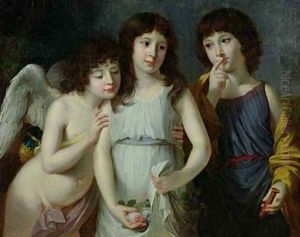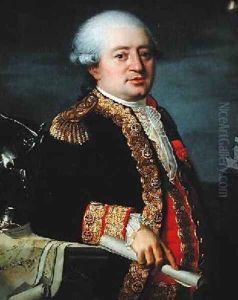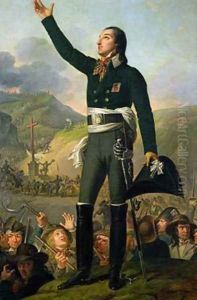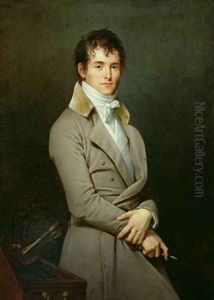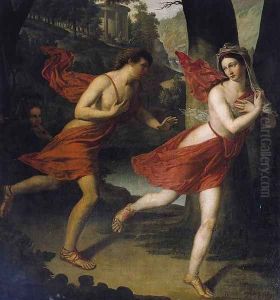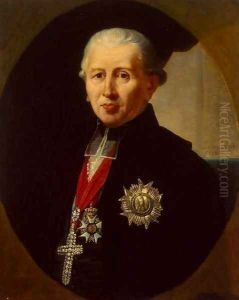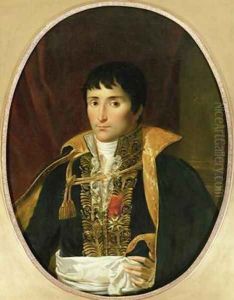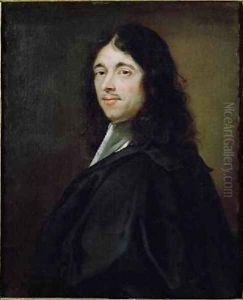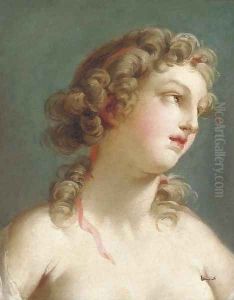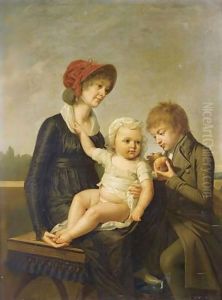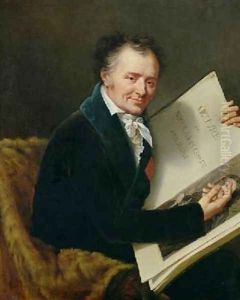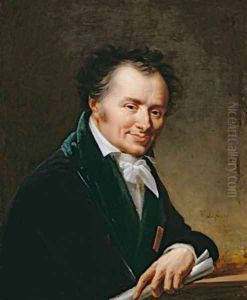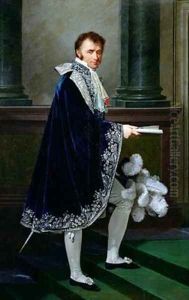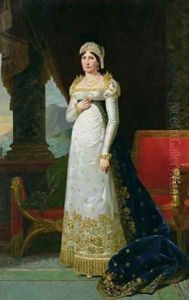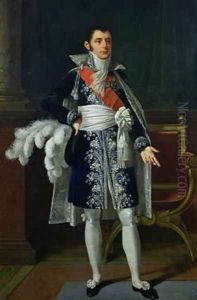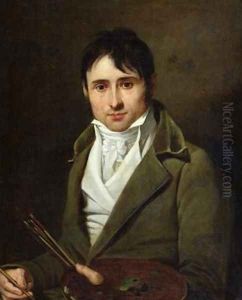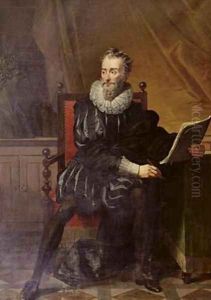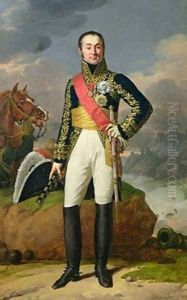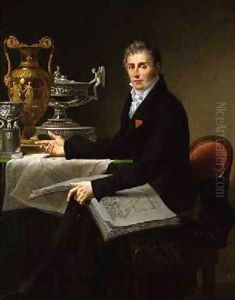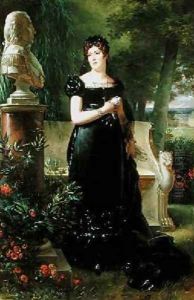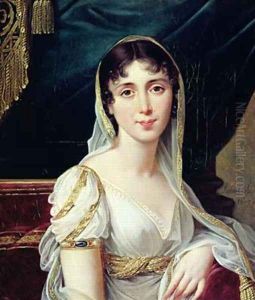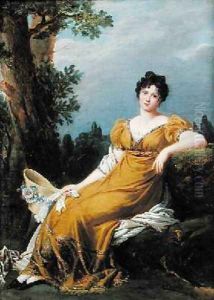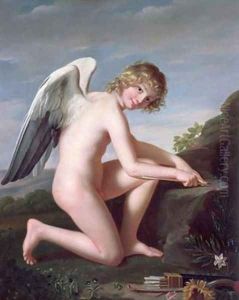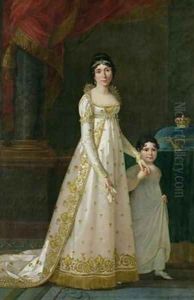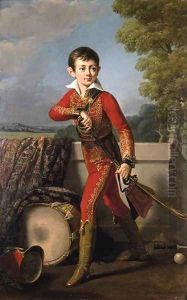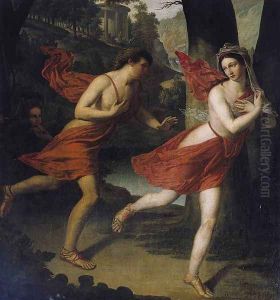Robert-Jacques-Francois-Faust Lefevre Paintings
Robert-Jacques-Francois-Faust Lefevre, more commonly known as Robert Lefevre, was a prominent French painter who played a significant role in the neoclassical movement that sought to return to the purity and simplicity of ancient Greek and Roman art. Born on September 24, 1755, in Bayeux, France, Lefevre displayed an early interest in art and went on to study under Jean-Baptiste Regnault, a revered artist of the time.
His career began to flourish under the patronage of the imperial family and the nobility during the Napoleonic era. Lefevre is best known for his portraiture, where he captured the likenesses of many notable figures of his time, including Napoleon Bonaparte himself. His portraits are characterized by a degree of realism and attention to detail that was celebrated by his contemporaries.
Lefevre's style was grounded in the neoclassical tradition, which emphasized harmony, clarity, and strong linear design. This was in contrast to the more ornate and emotionally charged Rococo style that preceded it. His works often depicted subjects in a controlled and idealized manner, reflective of neoclassical artistic principles.
In addition to portraits, Lefevre produced historical and mythological paintings, which were also well received. His contributions to art were recognized in his lifetime, and he was awarded with the Legion of Honour, a prestigious French order, for his services to the arts.
Robert Lefevre died on October 3, 1830, in Paris. His legacy is preserved in the works he left behind, which continue to be admired for their elegance and portrayal of the neoclassical aesthetic. His paintings can be found in various museums and galleries across France and the world, testament to his enduring influence on the art of portraiture.
